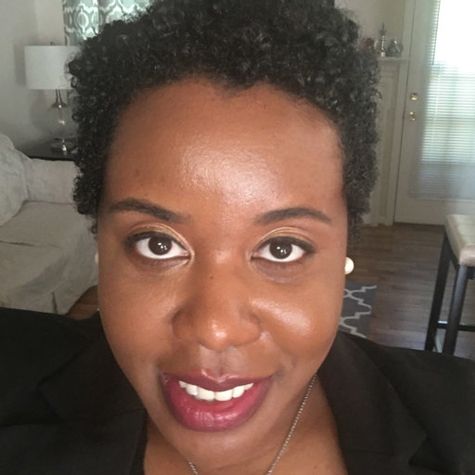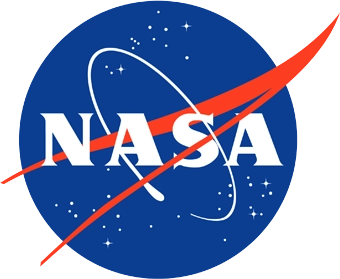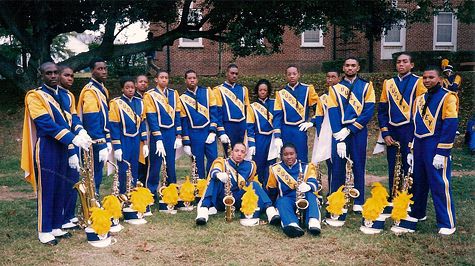Early Career Scientist Spotlight
Dr. Lynnae Quick (she/her/hers)
Ocean Worlds Planetary Scientist
Planetary Geology, Geophysics and Geochemistry Laboratory (698)
What inspired you to pursue a career in planetary geophysics?
While working on my M.S. in Physics, I read an article about Dr. Rosaly Lopes and her work studying volcanoes on Jupiter’s moon Io. I thought her work was amazing and loved the idea of being able to geologically characterize the surfaces of other worlds. Up to that point, I’d been focused more on the exoplanet/planet formation side of research. At that time (2007-ish), the vast majority of the exoplanets we’d found were hot Jupiters, so there were no surfaces to characterize. After reading about Rosaly’s work, I excitedly emailed her and told her that I had interests in doing similar research. Since I was in grad school at Catholic University at the time, I asked if she could suggest anyone in the Washington, DC area who did similar work that I could contact. She suggested Drs. Zibi Turtle and Louise Prockter at APL. I emailed them both and sent along my very short and very physics-based CV; I’d had no geology courses at that point. Louise expressed an interest in meeting with me. So, I drove up to APL and met with her and her postdoc at the time, Dr. Wes Patterson. After chatting for about 20 minutes, she offered me a summer internship. I spent the summer working with Louise and Wes to map a region of Europa where huge pieces of the ice shell have broken into icebergs that appear to float atop of slushy water underneath. This region of Europa is named “Conamara Chaos” . I later worked with Zibi on a very small side project looking at Voyager images of the Uranian moons. I fell in love with planetary science and the rest is history.
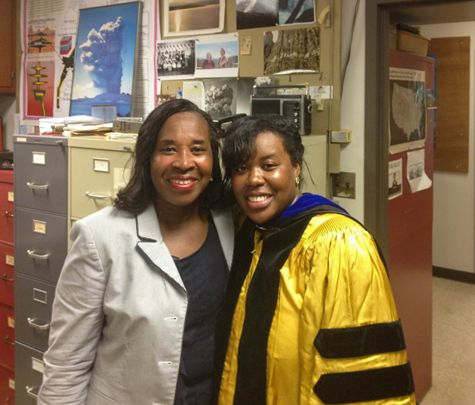
Credit: Bruce D. Marsh
What is your research focus?
I study cryovolcanism - the eruption of watery, icy, slushy fluids on the icy moons and dwarf planets in our solar system. More specifically, I use mathematical equations to describe the dynamics and associated heat loss of these fluids as they move through a planet or moon’s interior and onto the surface. I also model the formation of cryovolcanic constructs on planetary surfaces, such as cryolava domes on Jupiter’s moon Europa. It’s a good marriage of my physics and planetary geology backgrounds.
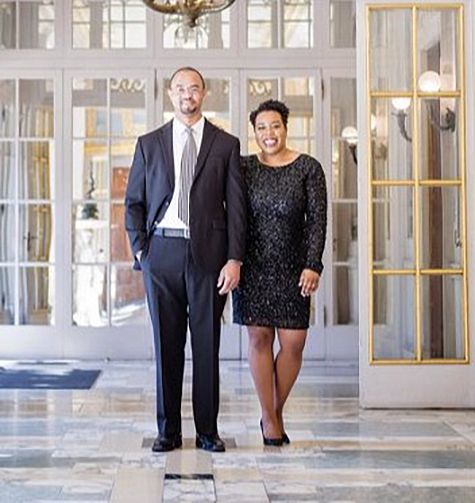
Credit: In His Image Photography
Are you involved in any upcoming space missions?
Yes! I’m so excited to be a Co-I on the Europa Imaging System (EIS), which is the camera system on the Europa Clipper mission. I’m also a Co-I on the Dragonfly Mission to Saturn’s moon, Titan, as well as the Program Coordinator for the mission’s Student and Early Career Investigator Program. Lastly, I’m a Co-I on the OSIRIS-REx extended mission, OSIRIS-APEX, which will study the surface of a second asteroid, Apophis.
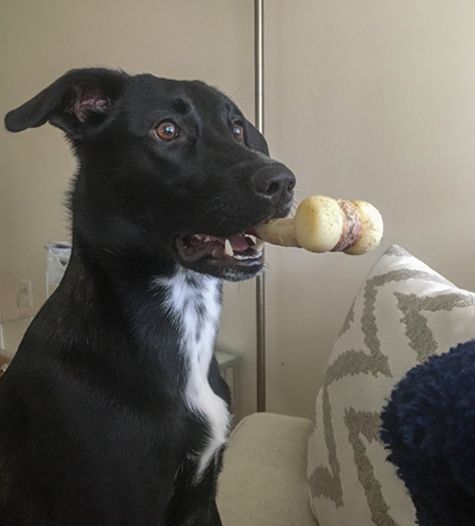
Credit: Lynnae C. Quick
What aspect(s) of your work are you most passionate about?
Discovering (and imaging) cryovolcanism on other worlds! One chapter in my dissertation focused on the imaging requirements to observe geyser-like plumes on Europa. We hope to do that with EIS on Europa Clipper. It’d also be nice to catch a cryolava flow meandering across the surface of any icy moon. I’m also passionate about broadening participation. When I was an undergrad at North Carolina A&T, there were only six (6) African American woman with PhDs in astronomy and astrophysics in the U.S. Most of them took time to encourage and mentor me. Dr. Beth Brown, who was an astrophysicist here at GSFC, had a huge impact on me. She let me tag along with her on visits to Howard University’s physics department, gave me good, practical advice about navigating grad school and science, and was always a friendly and familiar face when I was an intern. When I obtained my PhD, I was only the sixth African American woman to obtain a PhD in planetary science. I think we’re now up to about 12 African American women with planetary science PhDs in the U.S., so while our numbers are growing, they’re still quite small. I think it’s very important to reach back and mentor the next generation and give them opportunities the way others did for me.
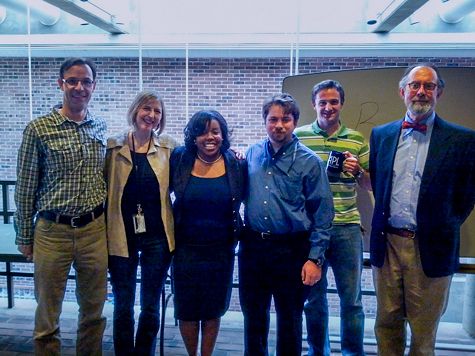
Credit: Unknown
What advice would you give your younger self?
Relax. It’s going to be ok. Go with your gut. I’ve always struggled with being a worry wart. I’m also an introvert so I need time to ruminate over both personal and professional decisions before making them to be sure that I’m choosing the best course of action for myself. The upside of that is that some of the best decisions I’ve made have come when I’ve given myself time to really think things through, seek good advice from knowledgeable people, and come up with a plan before acting on anything. The downside of that is that we live in a world that often wants answers and decisions right away, which makes me anxious at times. But I’ve found that very few big things are so urgent as to have to make a final decision within the next 5 minutes. And in most cases, when the other side isn’t willing to give me the time I need to think things through so that I can make a wise decision, it’s a pretty big red flag for me and a pretty easy sign that my answer should be “no”. So, I would just tell myself to relax and know it’s going to be ok, especially if I continue to go with my gut.
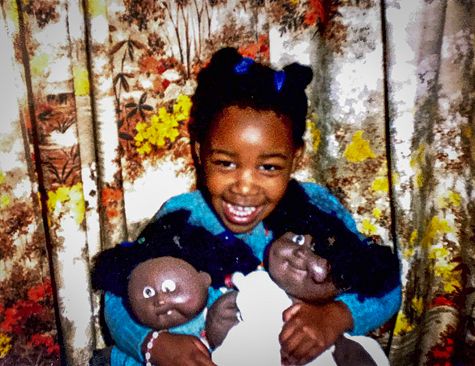
Credit: Gwennella L. Quick
What is a fun fact about you?
How about three fun facts? The first is that I didn’t grow up wanting to be a scientist and as a kid didn’t do that many science-y things. I did play with Legos and tinker toys and every now and then collected rocks or played with my sister’s toy microscope, but I spent most of my time playing dolls with my sister and cousins. I like to make a point of saying that, not because there’s anything wrong with loving science from an early age, and not because little girls have to play with dolls, but because I’ve run into people who’ve assumed that, as a woman in science, I’ve always been science-y. I’ve received requests to bring pictures of me and my rock collection when I speak to girls about science. I didn’t keep a rock collection so don’t have pictures of myself with one. It's important for folks to remember that there’s not one set path or template for a child who grows up to become a scientist. Both of my grandmothers and several of my aunts and uncles had very long teaching careers and my mom is a retired college professor, so my sister and I frequently played “school”. As a little girl, I thought that I wanted to be a teacher. The second fun fact is that I played alto saxophone throughout middle and high school. In the south, marching band is a big deal at predominately African American schools, and some of my best memories from high school involve marching band and all of the friends I made while participating. I was one of only four girls playing alto sax, but the saxophone section was really like family, and it was as if I’d gained 15 brothers. The third fun fact is that I’ve known my husband, Lamar, since 8th grade. We had all of the same honors classes together in middle school, went to high school together, and have always been friends. My high school section leader played soprano sax at our wedding a few years back. It seemed very much like a full-circle moment.
Credit: Unknown
If you were to expand your current research focus, what new topic(s) would you explore?
I’ve recently gotten back to the exoplanet side of the house in that I’ve been applying what we know about the icy moons in our solar system to characterize the surface environments and prospects for geological activity on low-mass exoplanets whose surface temperatures, densities, and orbital distances from their host stars suggest that they could be covered in ice. In terms of composition and internal heating, these planets could be similar to the icy moons in our outer solar system. The thought of “Super Europas” makes me happy, and I’m glad to have been able to expand my research in that way. If I could expand my research focus even more, it would be to study black holes. I originally majored in physics as an undergrad so that I could become an astrophysicist and study black holes. Then I fell in love with planets. But it’d be fun to actually get back to my first love in some way, shape, or form.
Biography
Home Town:
Greensboro, NC
Undergraduate Degree:
B.S. in Physics, North Carolina Agricultural and Technical State University (NC A&T), Greensboro, NC
Post-graduate Degrees:
M.S. in Physics w/ Astrophysics Concentration, The Catholic University of America, Washington, DC
M.A. & Ph.D. in Earth and Planetary Sciences, The Johns Hopkins University, Baltimore, MD
